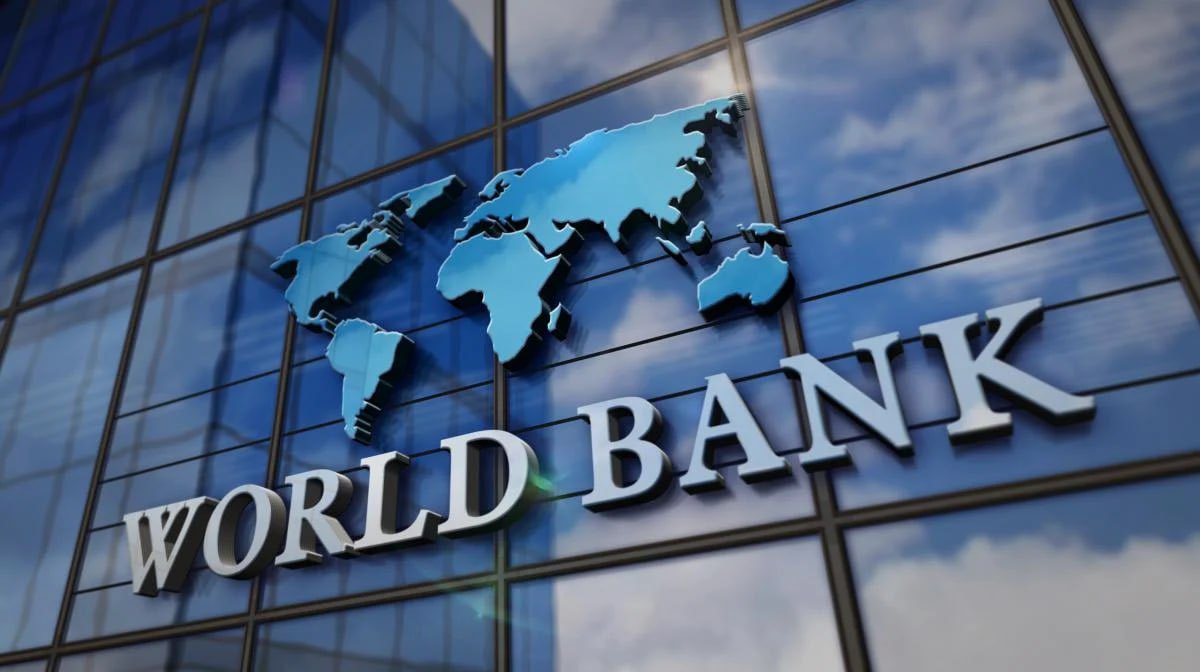Analysis of Ukraine Receiving World Bank Aid and Implications for Investors and Global Relief Efforts
Analysis for a Layman
This article reports that Ukraine has received $1.34 billion in aid from the World Bank and other nations to support its public expenditures and administrative needs amid the ongoing conflict with Russia. This aid package includes a $1.09 billion loan from the World Bank, as well as grants from Norway, the United States, and Switzerland. The finance minister of Ukraine emphasized the importance of international assistance in maintaining economic stability and financing essential social costs during wartime.
What this news means is that Ukraine, which has been facing severe economic disruptions due to the conflict with Russia, relies on foreign aid to fund its basic governance and services. This aid is crucial for Ukraine to maintain stability and provide for its citizens during these challenging times. It is also expected that ongoing support from both multilateral and bilateral sources will be vital for Ukraine in 2023.

Impact on Retail Investors
For retail investors, this situation highlights the risks and uncertainties associated with investing in emerging economies, especially those affected by conflicts. When considering portfolio allocations to developing markets, investors must carefully assess geopolitical risks and the reliance of these economies on foreign aid. Monitoring the budgets and political commitments of donor countries to sustain relief initiatives is essential.
Certain sectors, such as defense, energy, IT services, and construction involved in reconstruction efforts, may benefit from increased demand as Ukraine seeks to reclaim territory and ensure energy security. However, making broader investment decisions in the face of indirect costs of war can be complex. Investing in instruments like inflation-protected bonds and commodities that can act as hedges against geopolitical risks may be prudent. Diversifying investments across multiple emerging economies is also key to managing risk.
Impact on Industries
For relief agencies and non-governmental organizations (NGOs), the need for continued fundraising efforts is crucial to support Ukraine during the ongoing crisis. It is essential to track the allocation of budgets to ensure the efficiency of aid delivery. Multilateral institutions like the World Bank may face pressure to create additional financing mechanisms targeting conflict-affected nations.
Industries such as defense and energy may experience increased demand as Ukraine works to regain territory and secure its energy resources. Russia’s economic isolation has ripple effects on its trade partners and global supply chains, impacting industries like food, metals, fuels, and fertilizers due to trade and production disruptions. Companies involved in shipping, logistics, and insurance services may also face increased risks and challenges.
However, commodity exporters benefit from price spikes induced by supply uncertainties, which can boost their revenues. Overall, the economic costs, both direct and indirect, of prolonged conflict are complex and continue to evolve.
Long-Term Benefits & Negatives
Over the long term, sustained multilateral assistance combined with eventual reconstruction aid can help Ukraine rebuild its economy and institutions after the conflict ends. However, heavy reliance on external aid carries the risk of unsustainable debt burdens. Implementing institutional reforms and tackling corruption will be crucial to attract sustainable private investment.
For global diplomacy, a united effort in providing aid lays the groundwork for a more coordinated approach to resolving conflicts through non-military means. However, divisions may resurface over policies toward Russia. Prolonged high energy and food prices due to the conflict can contribute to global inflation and food insecurity. On the positive side, these pressures may incentivize increased food production and investments in renewable energy. Still, the need to boost defense spending may divert funds away from development needs and climate resilience efforts.
Short-Term Benefits & Negatives
In the near term, the continued disbursement of aid prevents the collapse of Ukraine’s economy and institutions, providing crucial support to its citizens. This fosters goodwill globally. However, depending too heavily on international assistance could delay necessary but challenging economic reforms. Aid inflows also carry the risk of being siphoned into corrupt channels.
For donor countries, increased fiscal burdens may lead to unpopular domestic belt-tightening measures and potentially fuel isolationist politics. Policy disagreements regarding Ukraine and sanctions on Russia can create divisions among Western nations. However, coordinated relief efforts enhance multilateral credibility and soft power. Experience gained in providing relief also helps agencies refine their crisis response capabilities.
But there is a risk of donor fatigue, which could lead to aid cuts before a full recovery takes hold in Ukraine. Therefore, securing pledges for multi-year support tailored to Ukraine’s evolving needs will be crucial in 2023.
Proper Citation:
“‘Ukraine Received $1.34 Billion Under World Bank Project’.” Reuters, 26 Dec. 2023.